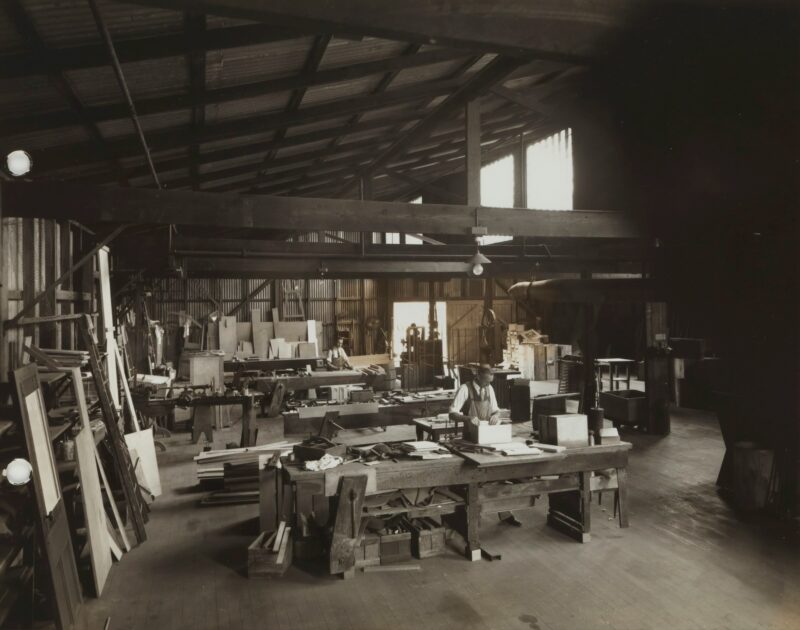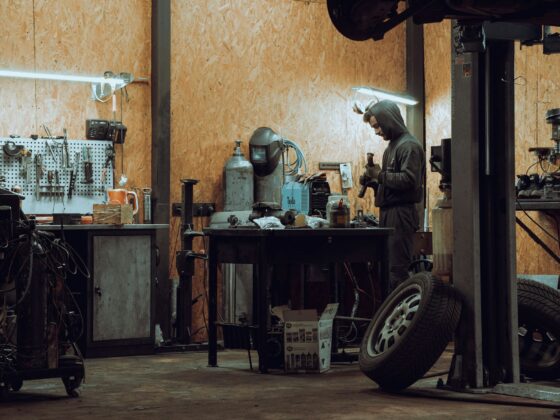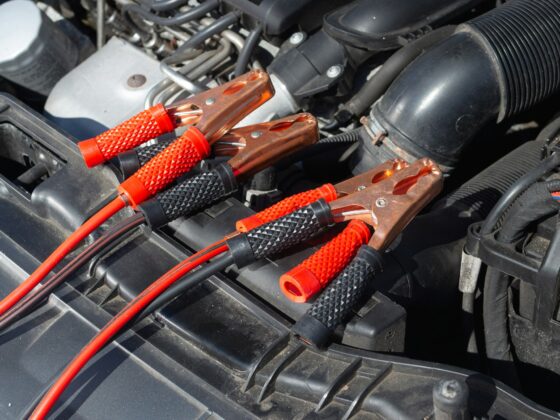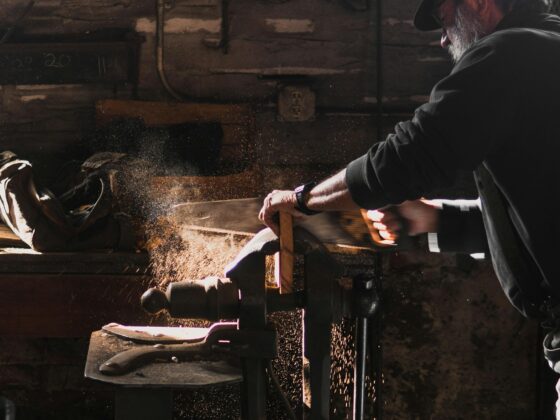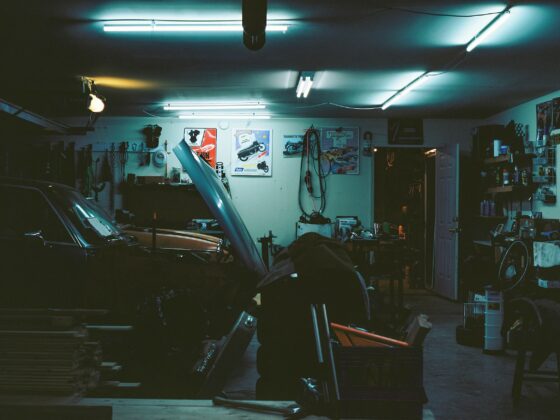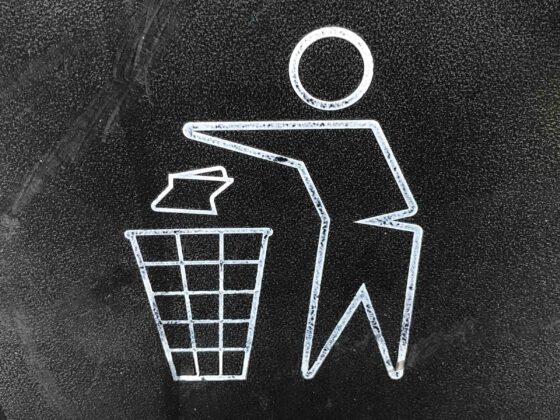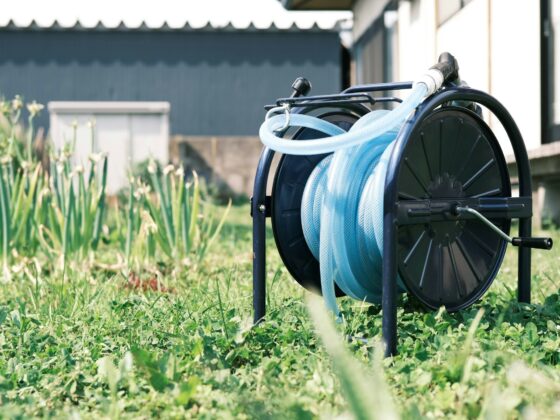Introduction
If you’ve ever tried to organize a messy space and ended up feeling even more overwhelmed, you’re not alone. The truth is, organization doesn’t start with new shelves or fancy storage bins—it starts with decluttering. Before you can create a clean, functional garage, shop, or home, you have to clear out the items that are simply taking up space.
The good news? You don’t have to tackle everything at once. By focusing on a few easy categories, you can quickly eliminate the clutter that’s slowing you down. In this guide, we’ll cover 20 things you can throw out today to clear the way for a space that’s easier to organize, easier to work in, and easier to enjoy.
This article contains Amazon Associates links. As an Amazon Associate, we earn from qualifying purchases at no cost to you.
Why Decluttering is Step One
It’s tempting to jump straight into organizing—buying bins, rearranging shelves, labeling everything—but without decluttering first, you’re really just shuffling clutter from one spot to another. It might look better for a little while, but the mess and frustration eventually creep back in.
True organization starts by reducing the amount of stuff you need to manage. Every unnecessary item you hold onto takes up physical space, mental energy, and time. Whether it’s an old tool you haven’t touched in years, a broken shelf you keep meaning to fix, or a drawer full of random hardware, each piece of clutter adds friction to your daily routines.
When you declutter first, you free yourself to organize only the things you actually use and value.Suddenly, your storage solutions make sense, your workspace feels lighter, and maintaining order becomes much easier. Decluttering isn’t just step one—it’s the foundation that makes real, lasting organization possible.
20 Things You Should Throw Out Today
Getting started with decluttering can feel overwhelming—so we made it easy. Here are 20 specific items you can toss, donate, or recycle today to start clearing your space and setting the stage for real organization.
Old or Broken Tools and Equipment
- Duplicate hand tools you never actually use
- Power tools that are broken, missing parts, or unsafe to operate
- Specialty tools for projects or hobbies you no longer pursue
Expired, Leaky, or Empty Supplies
- Paint cans that are dried up or nearly empty
- Hardened adhesives, caulks, and glues that are no longer usable
- Expired oils, solvents, and other chemicals that shouldn’t be stored long-term
Random Hardware and Fasteners
- Coffee cans or bins full of random bolts, screws, and nails you’ll never sort or use
- Single-use hardware leftover from furniture or projects you no longer own
- Rusted or stripped fasteners that are no longer reliable
Outgrown or Irrelevant Items
- Kids’ sports equipment that hasn’t been used in years
- Hobby gear for activities you’re no longer active in (camping, fishing, crafts, etc.)
- Outdated storage containers or organizers that no longer suit your needs
Packaging and Boxes
- Empty boxes from old electronics, tools, or appliances you’re unlikely to ever repackage
- Worn-out moving boxes, torn bins, or broken crates taking up valuable floor space
- Plastic packaging materials (bubble wrap, foam peanuts) saved “just in case”
Obsolete Technology
- Chargers, cords, and adapters for devices you no longer own
- Old electronics that are broken, outdated, or collecting dust
- Dead batteries or battery packs that can’t be revived
Damaged or Excess Furniture
- Broken shelves, leaning bookcases, or wobbly tables that aren’t worth repairing
- Rusted or damaged storage racks that are no longer stable or safe
- Folding tables, chairs, or stands that are bent, ripped, or permanently stained
Pro Tip:
Focus on easy wins first—the obvious broken, outdated, or unnecessary items. As you start clearing things out, you’ll find it gets easier to make decisions about what to keep and what to let go.
How to Decide What Stays and What Goes
Once you get into the rhythm of decluttering, you’ll come across items that aren’t obviously junk but still take up valuable space. That’s when it helps to have a clear decision-making framework to guide you. Instead of overthinking, use a few simple questions to make fast, confident choices:
- Have I used this in the past year?
If something’s been sitting untouched for a full year—or longer—it’s a strong sign you can live without it. - Would I buy this again today?
If you wouldn’t spend money on it now, it probably isn’t worth the space it’s taking up. - Is it cheaper or easier to replace than to store indefinitely?
Hanging on to worn-out, low-cost items “just in case” often costs more in lost space than it would to replace them later if needed. - Does it support how I actually use my space today?
Focus on what matches your current hobbies, needs, and routines—not who you were five or ten years ago.
Emotional vs. Practical Attachments
It’s natural to feel attached to certain tools, gear, or old projects, even if you know you’ll never use them again. When that happens, ask yourself:
- Is this item connected to a memory or a purpose?
- Could I keep a photo or small memento instead of the entire item?
Decluttering isn’t about throwing away your history—it’s about making room for your future. Every decision to let something go opens up physical and mental space for what matters most.
Responsible Disposal Tips
Now that you’ve sorted out what needs to go, it’s important to dispose of items responsibly. Getting rid of clutter doesn’t mean sending everything straight to the landfill—many materials can be recycled, repurposed, or donated.
Recycle When Possible
- Metal tools and hardware: Most local recycling centers accept scrap metal. Toss old wrenches, rusted bolts, and metal shelving into a scrap bin instead of the trash.
- Electronics and batteries: Old chargers, cords, and small devices often contain materials that shouldn’t be thrown away. Check local e-waste recycling programs or big-box stores that offer drop-off bins.
- Cardboard and plastics: Break down old packaging materials and recycle them with your regular curbside service whenever possible.
Properly Dispose of Hazardous Waste
- Paints, solvents, and oils: These items can’t go in regular trash because they can contaminate water and soil. Many cities host hazardous waste drop-off days or have dedicated collection sites.
- Old cleaning products or chemicals: Follow local regulations to dispose of these safely—never pour them down the drain or toss them in the garbage.
Donate Usable Items
- Tools and gear: If they’re still functional, many charities, shelters, or community workshops will gladly accept used tools, equipment, and furniture.
- Sports equipment and hobby gear: Youth organizations or community centers often take gently used items to help others who might not be able to afford new gear.
Taking the extra step to responsibly recycle or donate not only helps the environment but can also give your old items a second life where they’re truly needed.
Conclusion
Decluttering isn’t just about getting rid of stuff—it’s about creating space for what really matters. By clearing out broken tools, outdated gear, random hardware, and everything else that no longer serves a purpose, you make room for a workshop, garage, or home that’s truly functional and easy to manage.
Start small. Pick a single pile, a shelf, or a corner, and use the quick wins listed here to build momentum. Every item you let go of today brings you one step closer to a cleaner, more organized space tomorrow. And once the clutter is out of the way, true organization becomes a lot simpler—and a lot more satisfying.
One last tip going forward? Don’t forget to pick up a great label maker to organize what’s left.

